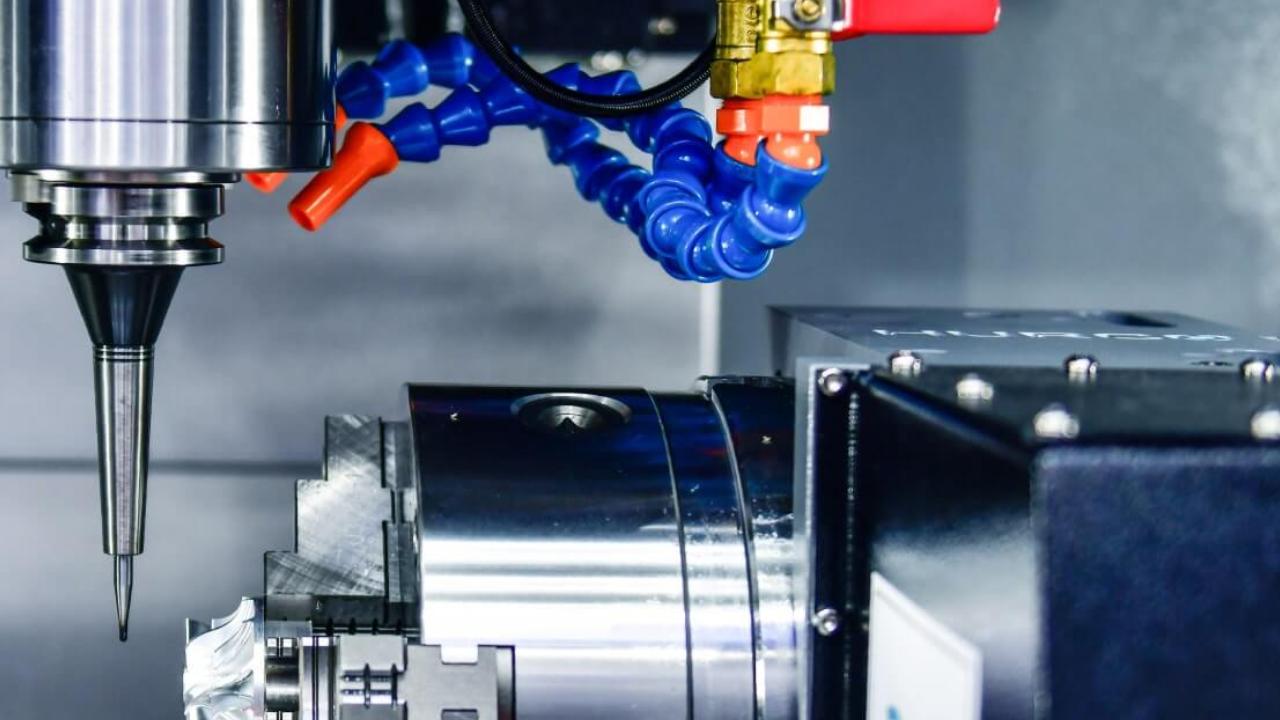CNC machining is a pivotal era in modern manufacturing, revolutionizing the manufacturing of difficult elements across numerous industries. Not like traditional methods that depend on guide control, CNC machining automates operations via advanced computer programming. This automation enhances productivity while ensuring accuracy and consistency in part manufacturing.
By translating digital designs into particular commands (G-code), CNC machines execute complex duties such as milling, drilling, and turning with micron-level precision. This capability now not only meets stringent standards but additionally enables the introduction of particularly customized additives crucial for sectors like aerospace, vehicles, and medical technology. The cnc machining parts capacity to supply repeatable, exquisite components underscores its essential position in using innovation and efficiency in global manufacturing landscapes.
Role Of CNC Machining In Precise and Accurate Parts Production
Right here’s an in-depth look at how CNC machining achieves particular and accurate part production:
Digital Design and Programming
CNC machining starts with a virtual design of the component using CAD (computer-aided layout) software. This software permits engineers and architects to create specified 3-D fashions of the component, specifying dimensions, tolerances, and surface finishes precisely. Once the design is finalized, CAM (Computer-Aided Manufacturing) software interprets the digital design into machine-readable instructions (G-code) that manual the CNC device for the duration of the production process.
Automated Operation
The core concept of CNC machining lies in its automated operation. Unlike guide machining, where operators manage equipment at once, CNC machines observe pre-programmed instructions with extraordinary accuracy. Those commands dictate every factor of the machining method, which includes device motion, cutting speeds, feed charges, and device adjustments. This automation eliminates human mistakes that may arise from fatigue, inconsistency, or manual oversight, ensuring that every element is produced precisely as designated within the digital layout.
Precision Tooling and Cutting Techniques
CNC machines make use of a selection of cutting equipment, each designed for unique obligations, including drilling, milling, turning, or grinding. These pieces of equipment are engineered to exacting standards and are capable of achieving micron-stage precision. Advanced CNC machining centers often feature more than one-axis talents, making an allowance for complex geometries and elaborate cuts that could be impractical or impossible with manual methods.
Feedback Mechanisms and Quality Control
To preserve accuracy at some point in the machining procedure, CNC machines contain state-of-the-art remarks mechanisms. Sensors and probes in the gadget constantly reveal factors like tool wear, temperature versions, and dimensional accuracy. This actual-time record allows CNC machines to make adjustments automatically, along with compensating for devices put on or correcting deviations from the programmed route. By actively tracking and adjusting operations, CNC machining ensures consistent high quality and adherence to tight tolerances.
Repeatability and Consistency
One of the hallmarks of CNC machining is its capacity to supply equal components time and again with minimum variation. As soon as a program is set up and established, CNC machines can replicate the identical part lots or maybe tens of millions, of times without diminishing precision or first-class quality. This capability is critical in industries consisting of aerospace, car, and clinical tool production, wherein consistency and reliability are paramount.
Flexibility and Adaptability
Despite their precision, CNC machines also offer flexibility in manufacturing. Programmers can without difficulty adjust machining parameters and tool paths to deal with design modifications or optimize manufacturing performance. This pliability reduces lead times and allows speedy prototyping, allowing producers to iterate designs quickly and produce merchandise for the marketplace faster.
Conclusion
CNC machining has revolutionized the production panorama by making sure particular and accurate parts are produced through digital layout, automatic operation, precision tooling, remarks mechanisms, repeatability, flexibility, and integration with advanced technology. As industries continue to evolve, CNC machining stays at the leading edge of innovation, driving efficiency, first-rate quality, and competitiveness in global markets. Its capacity to transform virtual designs into tangible merchandise with unparalleled accuracy underscores its critical role in modern production methods.


